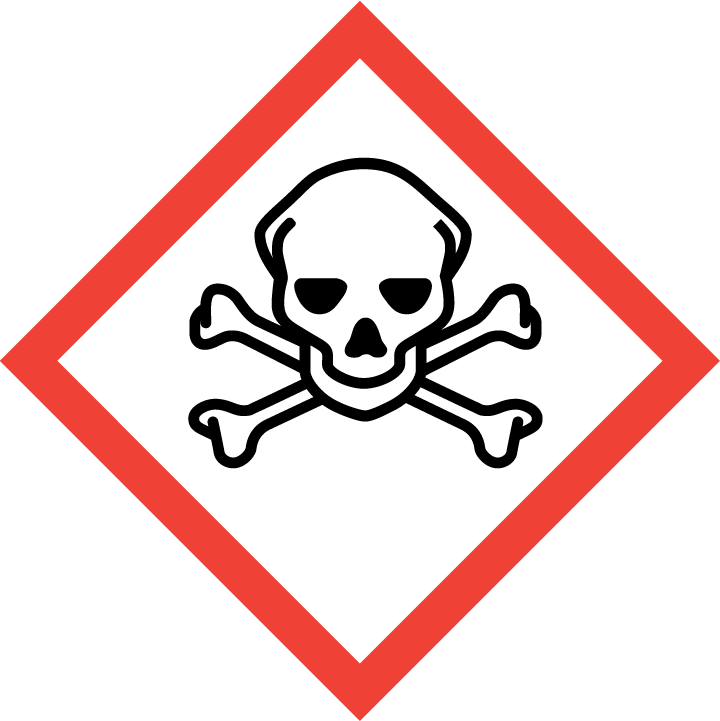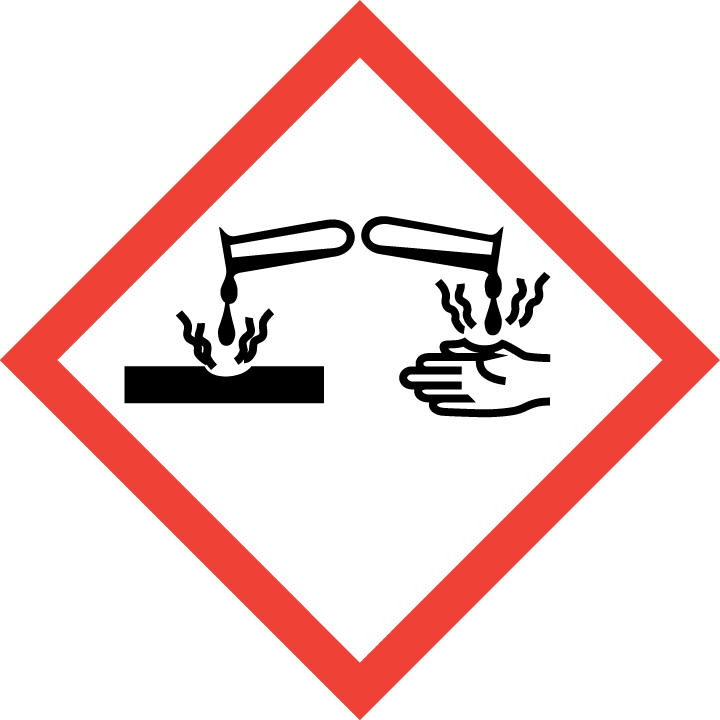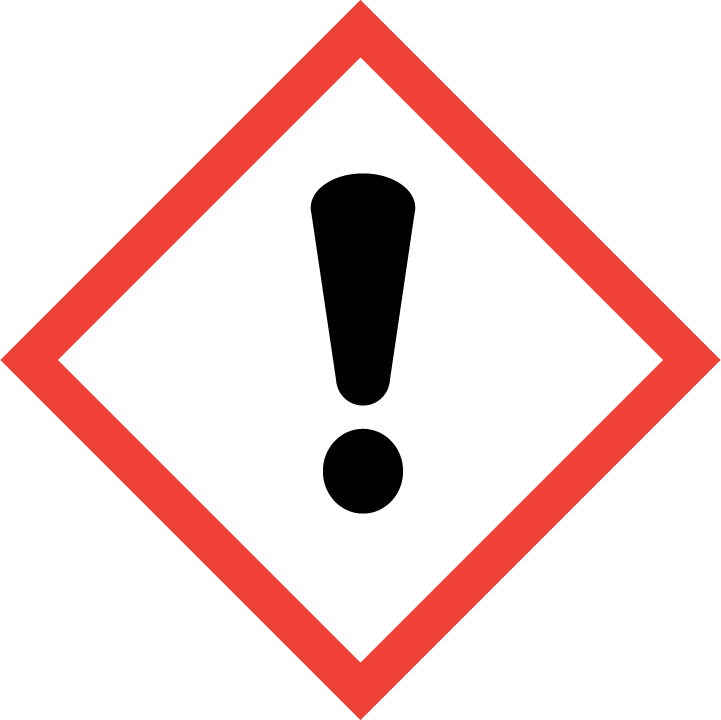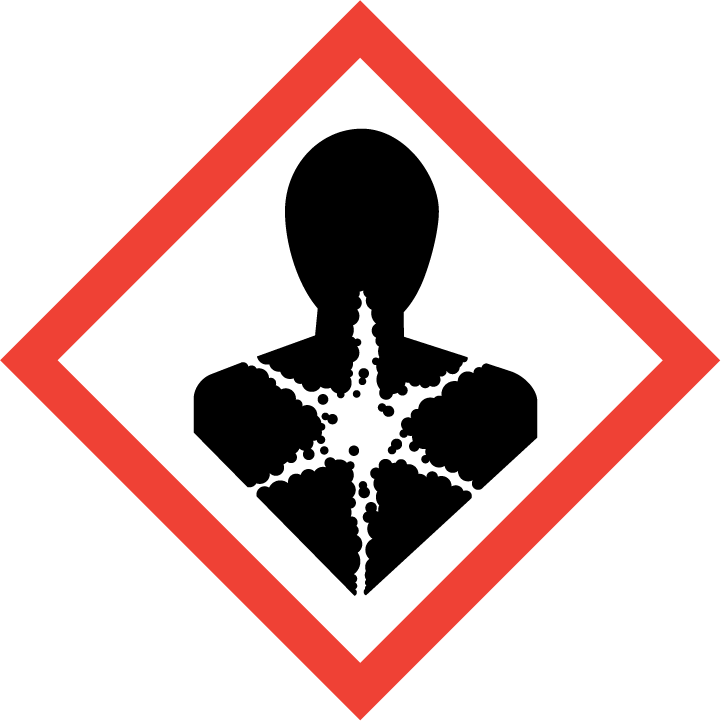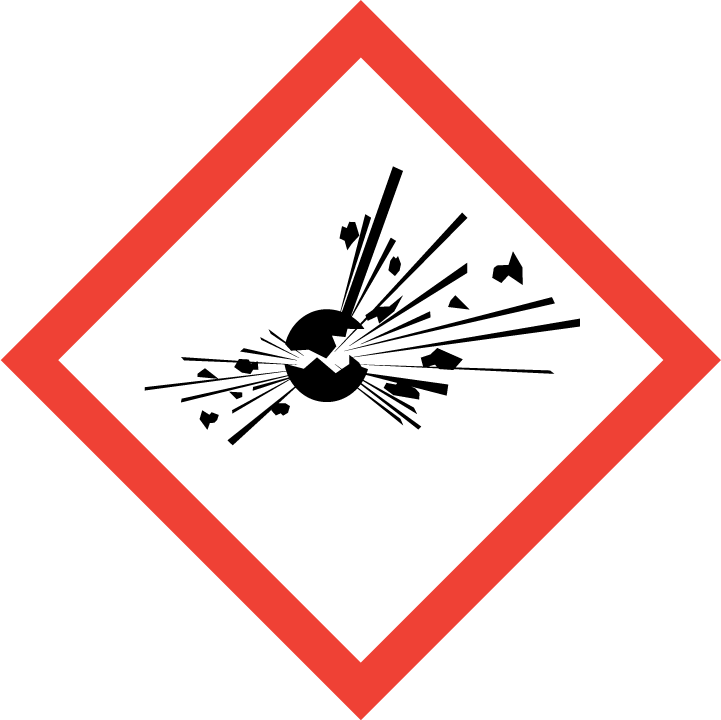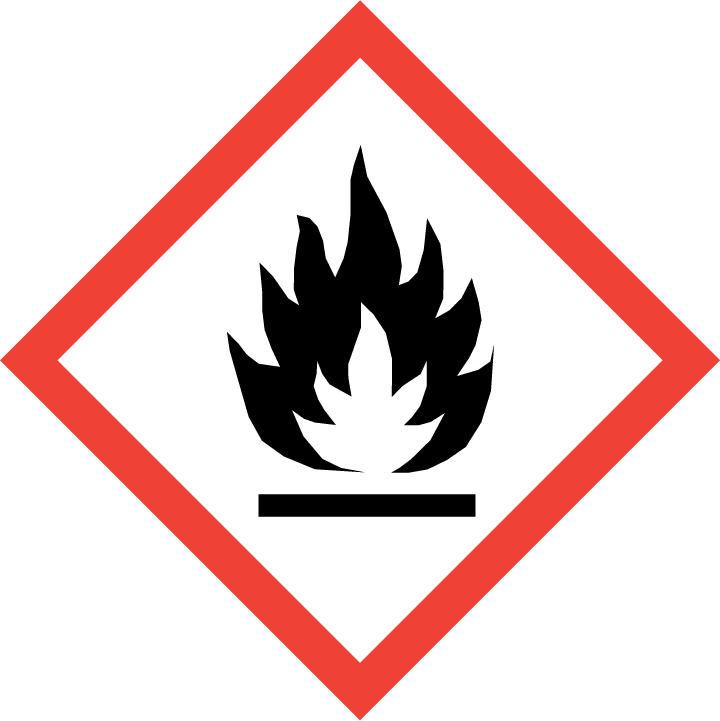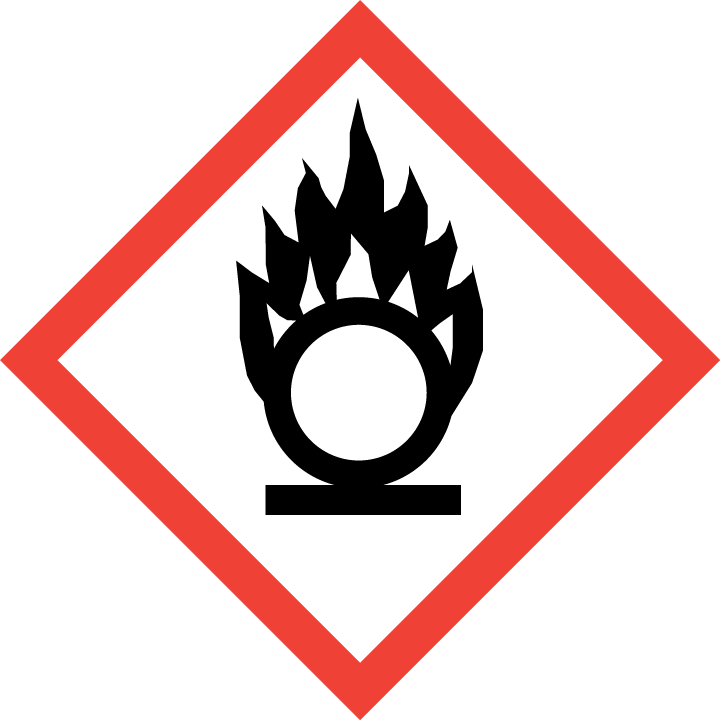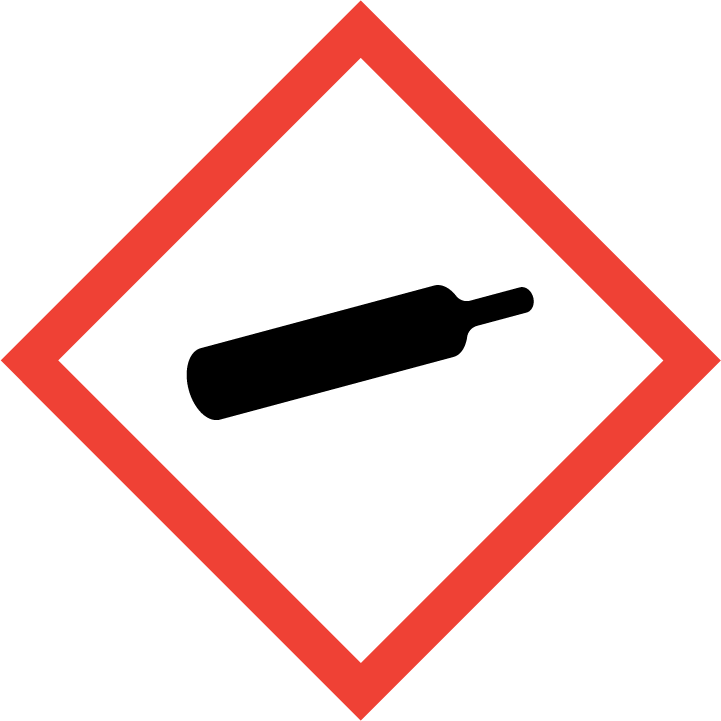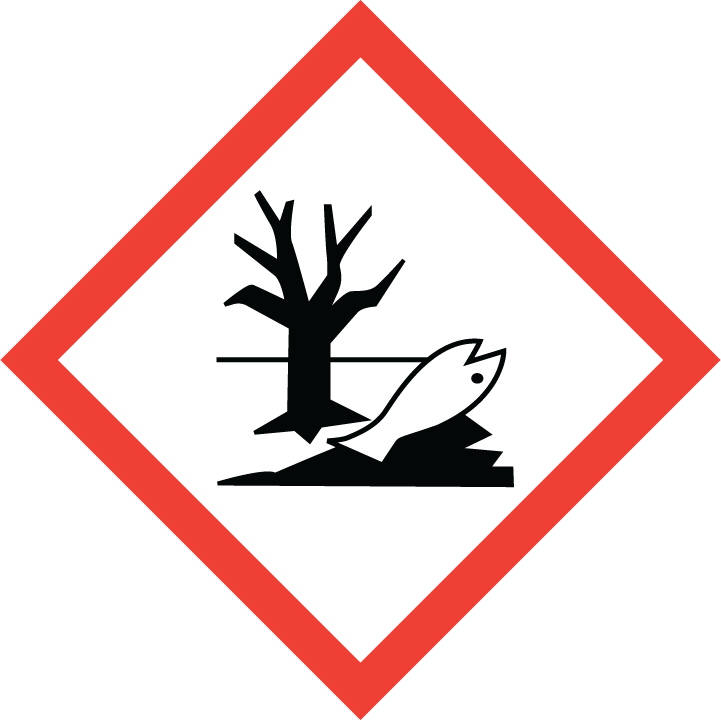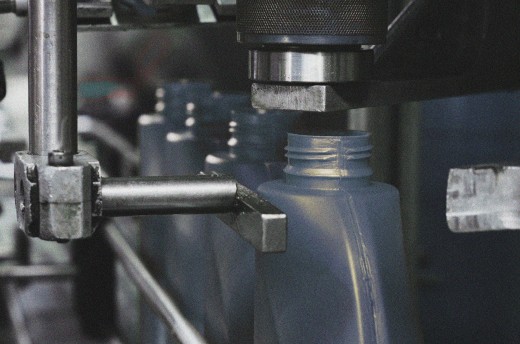
CLP
* The information provided on this website is not legal information and therefore, although the content presented herein has been prepared with utmost care, we shall not liable for the information presented on this website being inaccurate, incomplete and not up-to-date. Any reliance on the content of this website is strictly at your own risk.
CLP is a regulation on classification, labelling and packaging of chemical substances and mixtures (Classification, Labelling and Packaging, CLP) (EC) no 1272/2008. It complements the REACH regulation and ensures that employees and consumers are provided with clear information about hazards related to chemicals by means of labels containing standard statements and pictograms.
The CLP regulation is based on the Globally Harmonized System of Classification and Labelling of Chemicals (GHS) and has been provided to ensure a high level of health and environment protection and a free flow of substances, mixtures and products.
Since 1 June 2015, the CLP regulation is the only legal regulation on the classification and labelling of substances and mixtures in the EU.
The hazard classes in the CLP regulation concern physical hazards, hazards to health and environment and other hazards.
Hazards to human health
|
Hazards to health |
|
Acute toxicity: category 1, 2, 3, 4 |
|
Skin corrosion / irritation: category 1A, 1B, 1C and 2 |
|
Serious eye damage / eye irritation: category 1 and 2 |
|
Respiratory or skin sensitisation, category 1 |
|
Carcinogenicity: category 1A, 1B and 2 |
|
Germ cell mutagenicity: category 1A, 1B and 2 |
|
Reproductive toxicity: category 1A, 1B and 2 |
|
Specific target organ toxicity, single exposure: category 1, 2 and 3 |
|
Specific target organ toxicity, repeated exposure: category 1 and 2 |
|
Specific target organ toxicity: category 1 and 2 |
|
Aspiration hazard: category 1 |
Hazard to environment
In case of the environmental classification, the criteria contained in the CLP regulation refer to:
- substances/mixtures being hazardous to the aquatic environment:
|
Hazards to the aquatic environment |
|
Acute aquatic toxicity: category 1 |
|
Chronic aquatic toxicity: category 1, 2, 3, 4 |
|
Serious eye damage / eye irritation: category 1 and 2 |
|
Respiratory or skin sensitisation, category 1 |
|
Carcinogenicity: category 1A, 1B and 2 |
|
Germ cell mutagenicity: category 1A, 1B and 2 |
- substances/mixtures being hazardous to the ozone layer:
Substances shall be classified as hazardous to the ozone layer if the available evidence concerning their properties and their predicted or observed environmental fate and behaviour indicate that they may present a danger to the structure or the functioning of the stratospheric ozone layer.
Physical hazards
|
Physical hazards |
|
Explosives: unstable explosives and explosives, subclass 1.1, 1.2, 1.3, 1.4, 1.5, 1.6 |
|
Flammable gases: category 1, 2 |
|
Flammable aerosols: category 1, 2 |
|
Oxidizing gases: category 1 |
|
Gases under pressure: compressed gases, liquefied gases, refrigerated liquefied gases, dissolved gas |
|
Flammable liquids: category 1, 2, 3 |
|
Flammable solids: category 1, 2 |
|
Self-reactive substances and mixtures: type A, type B, type C, type D, type E, type F, type G |
|
Pyrophoric liquids: category 1 |
|
Pyrophoric solids: category 1 |
|
Self-heating substances and mixtures: category 1, 2 |
|
Substances and mixtures, which in contact with water, emit flammable gases: categories 1, 2, 3 |
|
Oxidising liquids: category 1, 2, 3 |
|
Oxidizing solids: category 1, 2, 3 |
|
Organic peroxides: type A, type B, type C, type D, type E, type F, type G |
|
Metal corrosion: category 1 |
Having classified the specific substance or mixture, other participants of the supply chain, including consumers, should be informed about the hazards which have been identified.
The CLP regulation has determined detailed criteria for the marking elements: pictograms, signal words and standard statements indicating the hazard type, defining the prevention methods, reactions and the substance storage and disposal methods for every hazard class and category.
Pictograms
HAZARDS TO HEALTH:
|
|
Acute toxicity, cat. 1, 2, 3 |
|
|
Skin corrosion |
|
|
Skin/eye irritation |
|
|
Carcinogenicity |
PHYSICAL HAZARDS:
|
|
Explosive |
|
|
Flammable |
|
|
Oxidizing |
|
|
Corrosive to metals |
|
|
Compressed gases |
HAZARDS TO ENVIRONMENT:
|
|
Acute hazards to the aquatic environment, cat. 1 |
|
|
Hazard to the ozone layer, cat. 1 |
Signal words
The signal words used in the marking according to CLP are:
DANGER and WARNING
They are assigned based on the classification done for a substance or mixture.
H- and P-phrases
Phrases indicating the type of hazard (H phrases): according to art. 21 of the CLP regulation, the label should also contains phrases indicating the type of hazard. The H phrases are assigned to a specific class and hazard category; they describe the kind of hazard caused by the hazardous substance or mixture. The H phrases beginning with:
- digit 2**: refer to physical hazards (e.g. H 222 – Extremely flammable aerosol),
- digit 3**: refer to hazards to human health (e.g. H 312 – Harmful in contact with skin),
- digit 4**: refer to hazards to the environment (e.g. H400 – Very toxic to aquatic life).
Precautionary phrases (P phrases): according to art. 22 of the CLP regulation, the label should also include phrases indicating precautions which recommend measures used to diminish or prevent effects that are harmful to human health or environment and result from being exposed to a substance or mixture which is hazardous while being used or neutralised.
The precautionary statements are grouped in the CLP regulation into:
- general ones (beginning from digit 1**, e.g. P 102 – Keep out of reach of children),
- prevention ones (beginning from digit 2**, e.g. P 232 – Protect from moisture),
- dotyczące response ones (beginning from digit 3**, e.g. P 331 – Do NOT induce vomiting),
- dotyczące storage ones (beginning from digit 4**, e.g. P 402 – Store in a dry place),
- disposal ones (beginning from digit 5**, e.g. P 501 – Dispose of contents/container to ...).
What has CLP changed?
Classification criteria for substances and mixtures have become sharper and lifted. This has resulted in a greater number of products which need to be marked. The example of that are products, our mixtures based on hydrocarbon oils. Many of them should be classified within the “Hazard category for toxicity caused by aspiration, Category 1” because the kinematic viscosity value has been raised at 40 oC from 7 to 20.5 mm2/s. Therefore, all oils, the kinematic viscosity of which is equal to or lower than 20.5 mm2/s are marked with the pictogram  and the signal word DANGER.
and the signal word DANGER.
Many mixtures which have been used so far and not been classified as hazardous are currently, due to the tightening of requirements, classified as corrosive or irritating. This particularly applies to fluid concentrates for the machining of metals.
Materials available on the website https://clp.gov.pl/clp/pl have been used.
